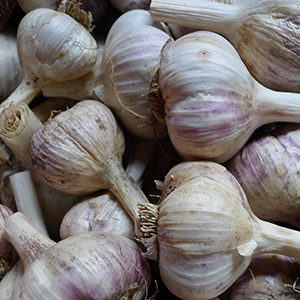
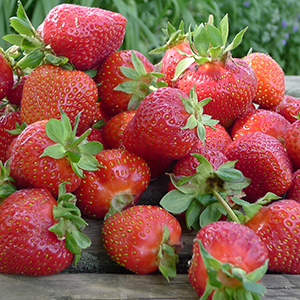
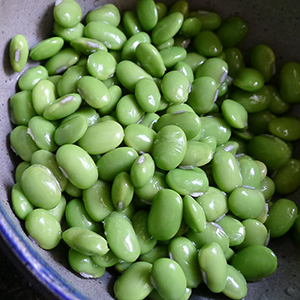
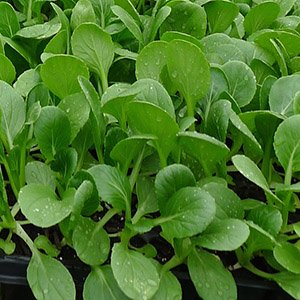
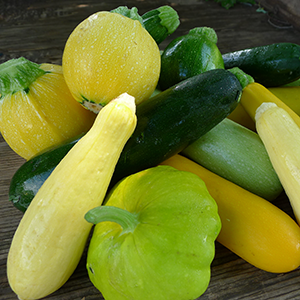
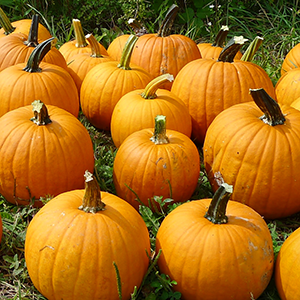



Rutabaga
Rutabagas are often thought of as yellow turnips but actually bear the botanical name Brassica napus and belong to the highly prized family of cruciferous vegetables. The rutabaga, a relatively newcomer in the world of vegetables, is thought to have evolved from a cross between a wild cabbage and a turnip. The earliest records of rutabaga's existence are from the seventeenth century in Southern Europe where they were first eaten as well as used for animal fodder. It's curious that throughout history animals were often fed the healthiest foods, foods thought to be inappropriate for human consumption. Because rutabagas thrive best in colder climates, they became popular in Scandinavia, but especially in Sweden, the country that earned them the name "swedes." In Europe, rutabagas are still called swedes. In America, rutabagas were first cultivated in the northern parts of the country in the early 1800s. Canada and the northern states are today's greatest producers of the rutabaga. The rutabaga is a root vegetable that looks very much like a turnip with yellow-orange flesh and ridges at its neck. Although this beta carotene-rich vegetable has been grown and marketed in our country for nearly 200 years, it remains an uncommon food in American dining. It's actually a great tasting vegetable with a delicate sweetness and flavor that hints of the light freshness of cabbage and turnip. With its easy preparation and versatility, great nutrition, and excellent flavor, the rutabaga can easily become an endearing family favorite. Rutabagas are an excellent source of Vitamin A, and also contribute to your daily needs of calcium and other important minerals.
Storing / Preserving:
Store rutabagas in a plastic bag in the back of the refrigerator, where it will keep for 4-6 weeks.

